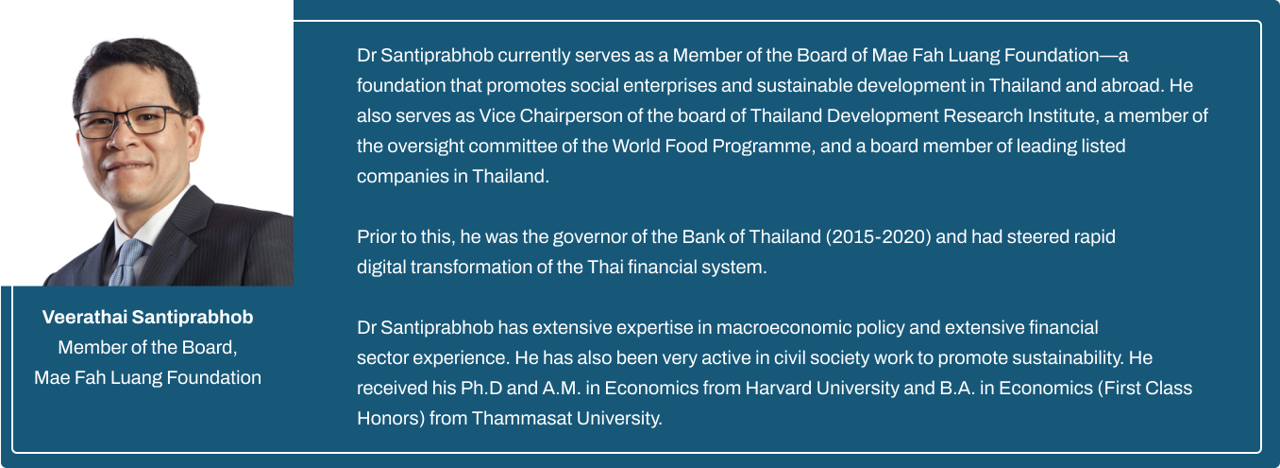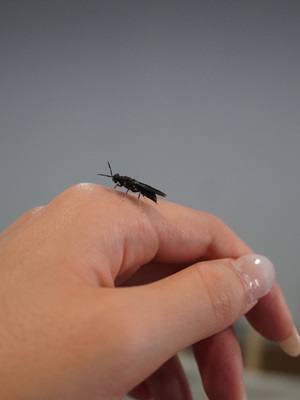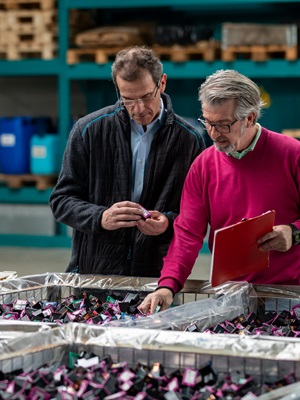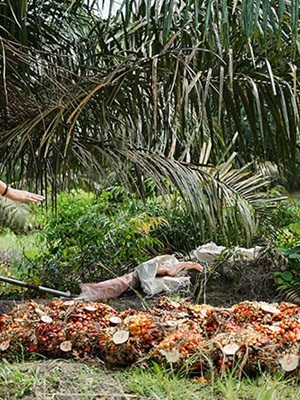A Circular Economy is an economic model, rooted in indigenous principles, designed to minimize waste and make the most of resources. It's a departure from the traditional linear economy, which follows a “take-make-dispose” pattern, where resources are extracted, used to create products, and then discarded as waste. In a Circular Economy, the goal is to keep resources in use for as long as possible, extracting the maximum value from them while in use, and then recovering and regenerating products and materials at the end of their service life.
A circular economy has become a popular concept lately, especially as it relates to the fashion industry. It envisions a world where waste is minimal, and materials are continuously reused and repurposed. If achieved, this model could reduce global greenhouse gas emissions by as much as 40% by 2050. While this potential impact is impressive, some argue that making all industries fully circular may not be entirely realistic. However, a partially circular approach in specific sectors could be feasible, with fashion emerging as a promising candidate for this transformation. The industry is already rolling out new sustainability initiatives and moving toward circularity. But before drawing firm conclusions, it’s essential to understand what a circular economy truly entails, how it connects to fashion, its costs and benefits, and perspectives from experts. With this understanding, it becomes clear that although a circular economy in fashion may take time to establish fully, it has immense potential benefits.
Today, the fashion industry largely operates on a linear model that maximizes production and consumption, typically leading to one-time-use clothing that eventually ends up in landfills. A circular approach would change this by extending clothing’s lifecycle through reducing, reusing, and recycling practices. One example of this is recyclable cotton, also known as regenerated or reclaimed cotton, which is produced using pre-consumer and post-consumer cotton waste. However, most recycled cotton still comes from pre-consumer sources, such as raw material scraps, unfinished products along the supply chain, and excess fabric. Since cotton production typically involves a high waste rate—up to 45%—these scraps provide a significant resource for recycling. The process of creating recyclable cotton involves six main steps: gathering waste and garments, sorting, cleaning, shredding the cotton into fibers, blending with other fibers, and spinning it into new yarn. The result is a versatile yarn made from recycled cotton, which can be woven or finished in various ways to create new products. By incorporating this type of circularity, the fashion industry can help reduce the environmental impact of the 27 million tons of cotton produced globally each year.
Source: www.thesustainablefashionforum.com
The circular economy in fashion is reshaping how the industry operates by transitioning from the traditional "take-make-dispose" model to one that emphasizes reuse, recycling, and regeneration. This approach begins with designing for longevity, where brands prioritize durable, high-quality materials that age gracefully, enabling garments to last through years of wear and allowing for resale or donation rather than disposal. Modular designs, which make clothing easier to repair or customize, also play a critical role in this shift, extending the life of each item and encouraging mindful consumption.
Many companies now invest in technologies that recycle fabrics back into raw fibers, either through mechanical or chemical processes. Upcycling adds creativity to the mix by transforming old textiles or fabric scraps into higher-value items, often with unique design elements that elevate the garment. This not only reduces textile waste but also offers fresh designs without the need for new raw materials. Alongside these innovations, the rise of second-hand and resale markets has further driven the circular economy in fashion, allowing consumers to purchase pre-owned items through brands or third-party platforms. Take-back programs allow customers to return their old garments for store credit, so brands can recycle or resell them, creating a sustainable fashion loop.
Key aspects of circular fashion include:
- Design for Longevity and Durability: Garments are designed to be durable, timeless, and high quality, encouraging longer lifespans and reducing the need for frequent replacements.
- Materials and Production Methods: Emphasis is placed on using sustainable and eco-friendly materials, incorporating recycled or upcycled fabrics, and employing production methods that minimize waste and environmental impact.
- Extended Use and Reuse: Circular fashion encourages clothing rental, resale markets (such as second-hand stores or online platforms), and clothing swaps to extend the life of garments beyond a single owner's use.
- Repair, Remake, and Recycling: Promoting repair services, encouraging consumers to mend or alter garments, and facilitating recycling or upcycling of old clothes into new products are vital elements of circular fashion.
- Closing the Loop: Creating systems where garments can be fully recycled or biodegrade at the end of their life cycle, minimizing landfill waste and allowing materials to be reused in new clothing or other products.
The ideal circular system in fashion would be fully closing the loop, where old garments seamlessly become new textiles without quality loss. Biodegradable materials and compostable fabrics contribute to this by ensuring that clothing eventually breaks down, whether recycled or disposed of, minimizing landfill waste. Natural dyes and compostable textiles ensure that even fabric scraps decompose without releasing toxins into the environment. Finally, circular fashion places strong emphasis on transparency, with brands striving to educate and empower consumers to make sustainable choices, understand the lifecycle of their clothing, and foster a long-term relationship with fashion. This transformative shift is laying the foundation for a more sustainable, resilient, and environmentally conscious fashion industry.
Posted 31/10/2024

















